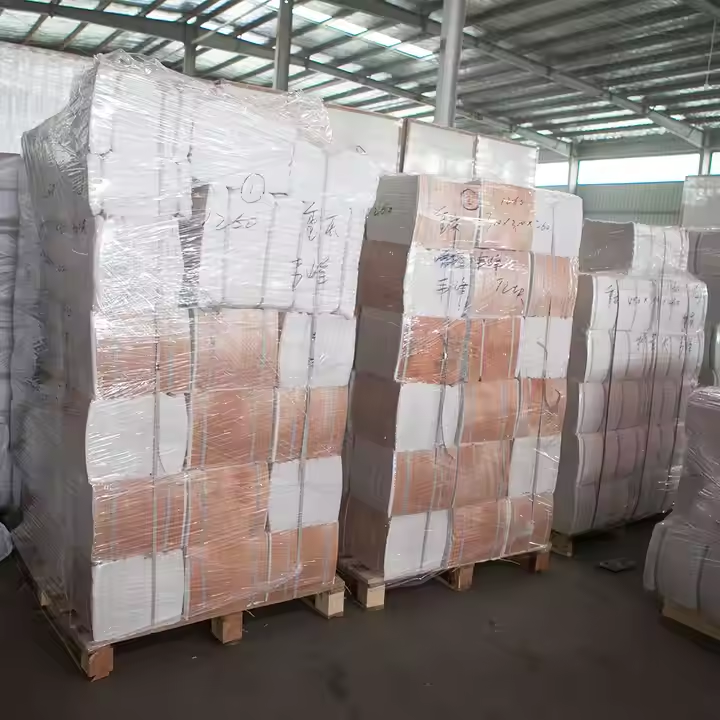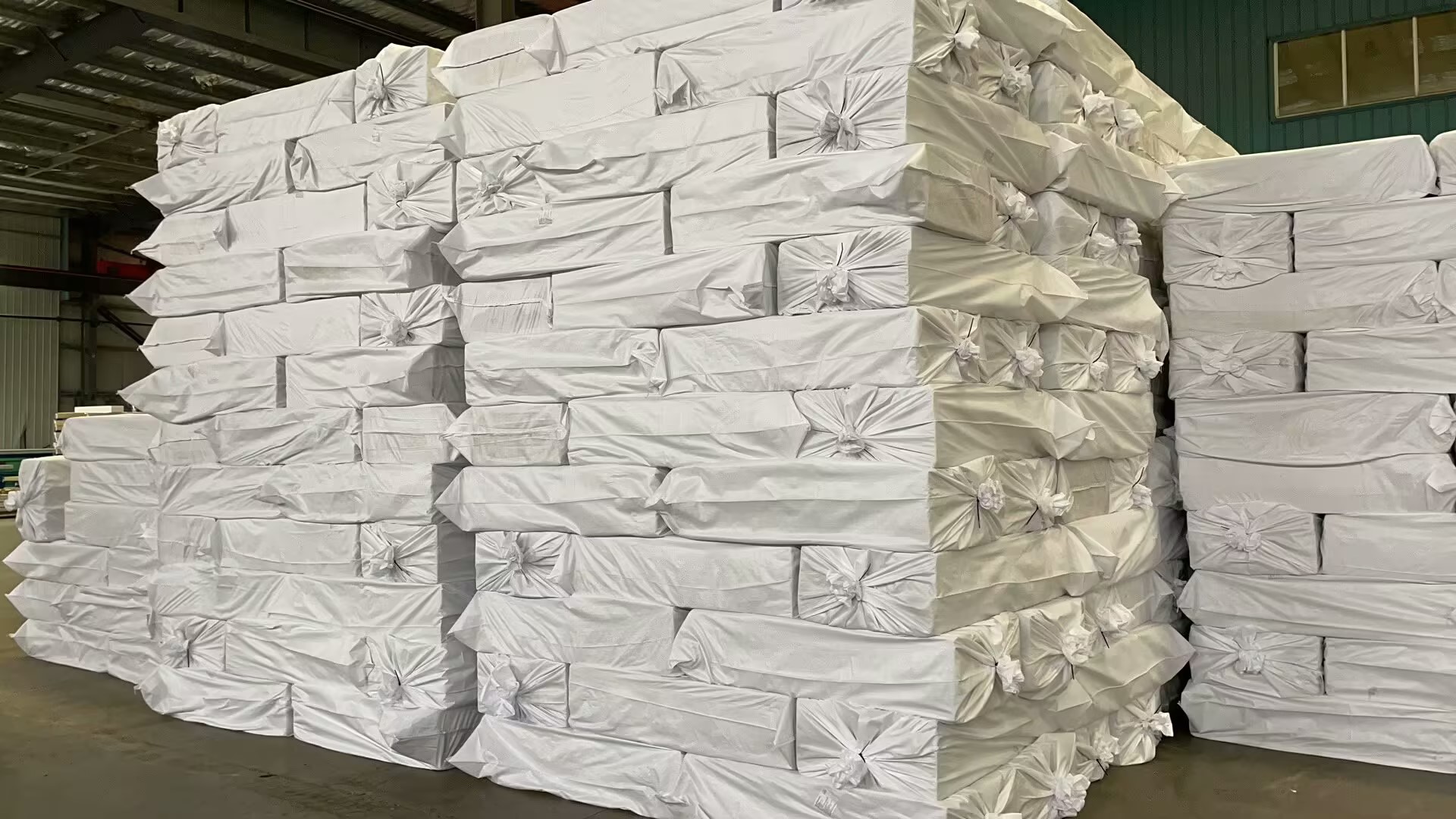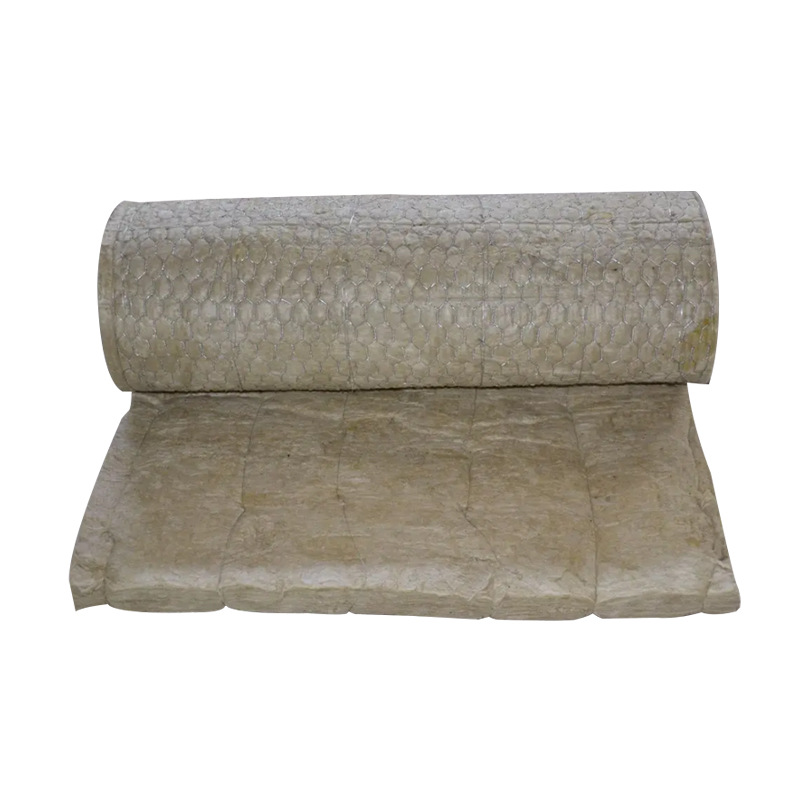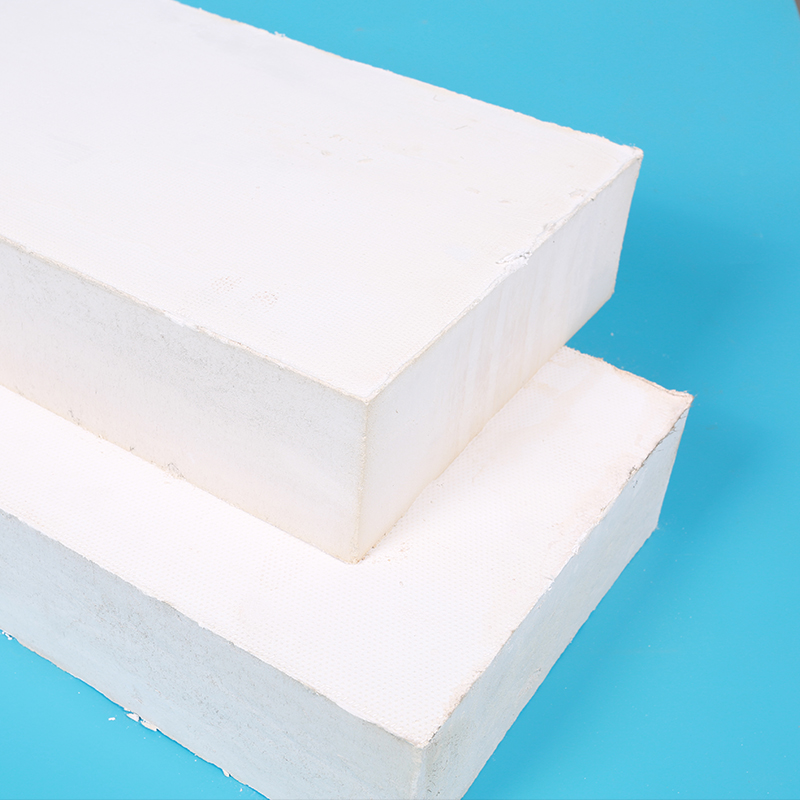Common Questions and Answers about Ceramic Fiber Modules
Ceramic fiber modules are widely used in various high-temperature industrial applications due to their excellent thermal insulation properties and durability. However, many people still have questions about these modules. Here are some common questions and answers to help you better understand ceramic fiber modules.
What is a ceramic fiber module?
A ceramic fiber module is a prefabricated, high-quality refractory product made from ceramic fiber materials. These materials are typically composed of aluminum silicate fibers, which are processed and formed into a module structure through techniques like needle punching and compression. The modules are designed to provide effective thermal insulation and refractory protection in high-temperature environments, usually ranging from 800°C to 1400°C, making them an essential component in industries such as metallurgy, petrochemicals, power generation, and ceramics.

What are the main advantages of ceramic fiber modules?
- Exceptional Thermal Insulation:Ceramic fiber modules have extremely low thermal conductivity, which significantly reduces heat transfer. This property helps in maintaining high-temperature processes efficiently while minimizing energy consumption. For example, in industrial furnaces, using ceramic fiber modules can reduce heat loss by up to 30 - 50% compared to traditional insulation materials, leading to substantial energy savings.
- High Temperature Resistance:They can withstand high temperatures without melting or degrading, ensuring long - term stability and reliability in harsh thermal environments. Their ability to resist thermal shock also means they can handle rapid temperature changes without cracking or breaking, which is crucial in applications where temperature fluctuations are common.
- Lightweight and Easy to Install:Compared to traditional refractory bricks, ceramic fiber modules are much lighter. This not only reduces the structural load on the equipment but also makes installation faster and more convenient. They can be easily cut and customized to fit various shapes and sizes of furnaces, kilns, or boilers, saving both time and labor costs during installation.
- Good Chemical Stability:Ceramic fiber modules exhibit excellent chemical resistance to most acids, alkalis, and other chemical substances commonly found in industrial settings. This protects the underlying equipment from chemical corrosion and extends its service life.
Where are ceramic fiber modules commonly used?
- Industrial Furnaces:They are widely applied in different types of industrial furnaces, including reheating furnaces, melting furnaces, and heat - treatment furnaces. In these applications, ceramic fiber modules line the walls and roofs of the furnaces to insulate the high - temperature interior, prevent heat leakage, and improve the overall efficiency of the heating process.
- Boilers:Ceramic fiber modules are used in boiler insulation to reduce heat loss from the boiler body, improve thermal efficiency, and lower fuel consumption. They also protect the boiler structure from the high - temperature working environment, ensuring safe and stable operation.
- Kilns:For ceramic, glass, and cement kilns, ceramic fiber modules play a vital role in maintaining the required high temperatures for the firing process. They help in achieving uniform temperature distribution inside the kiln, which is essential for producing high - quality products.
- Petrochemical Reactors:In the petrochemical industry, these modules are used to insulate reactors and other high - temperature equipment. Their chemical stability makes them suitable for withstanding the harsh chemical environments in petrochemical plants, while their thermal insulation properties ensure the efficient operation of the reactors.

How do I install ceramic fiber modules?
Installation of ceramic fiber modules typically involves the following steps:
- Surface Preparation:The installation surface, such as the wall or roof of a furnace, should be clean, dry, and free of any debris or contaminants. If necessary, a layer of adhesive or a fixing system may be applied to ensure a secure bond.
- Module Placement:The ceramic fiber modules are carefully placed on the prepared surface according to the design layout. They can be arranged in a regular pattern or customized to fit specific shapes. In some cases, the modules may need to be cut to size using a sharp knife or cutting tool.
- Fixing and Securing:Once the modules are in place, they are fixed using various methods, such as metal anchors, clips, or pins. These fixing devices penetrate through the modules and are secured to the underlying structure, ensuring that the modules remain in position during operation.
- Sealing:To prevent heat leakage at the joints between modules, a suitable refractory sealant or ceramic fiber rope can be used to fill the gaps. This helps in maintaining the overall insulation performance of the installation.
What is the lifespan of ceramic fiber modules?
The lifespan of
ceramic fiber modules can vary depending on several factors, including the operating temperature, frequency of thermal cycling, chemical environment, and the quality of the modules themselves. In general, under normal operating conditions with moderate temperatures and minimal chemical exposure, ceramic fiber modules can last for 3 - 5 years. However, in more severe environments, such as continuously high - temperature applications above 1200°C or highly corrosive chemical atmospheres, their lifespan may be reduced to 1 - 2 years. Regular inspection and maintenance, such as replacing damaged modules promptly and ensuring proper sealing, can help extend their service life.
Are ceramic fiber modules safe to use?
When used properly, ceramic fiber modules are safe. However, it's important to note that ceramic fiber dust, if inhaled in large quantities over an extended period, may pose health risks. To minimize this risk, proper safety precautions should be taken during installation and maintenance, such as wearing respiratory protection, gloves, and goggles. Additionally, modern ceramic fiber products often have improved fiber characteristics to reduce dust generation. It's also crucial to follow the manufacturer's guidelines and safety instructions for handling and using ceramic fiber modules.
How do I choose the right ceramic fiber module for my application?
- Temperature Requirements:Determine the maximum operating temperature of your equipment. Select a ceramic fiber module with a temperature resistance rating higher than this value to ensure reliable performance. For example, if your furnace operates at 1000°C, choose a module rated for at least 1100°C or higher.
- Chemical Environment:Consider the chemical substances present in your application. If there are aggressive chemicals, choose a module with enhanced chemical resistance. Some ceramic fiber modules are specifically formulated to resist certain acids or alkalis.
- Size and Shape:Measure the installation area accurately and choose modules that can be easily installed and customized to fit the space. Some manufacturers offer a variety of standard sizes, while others can provide custom - made modules to meet specific requirements.
- Budget:Compare the prices of different brands and types of ceramic fiber modules. While cost is an important factor, don't compromise on quality. Cheaper modules may not offer the same level of performance, durability, and safety as higher - quality ones.
In conclusion, understanding these common questions and answers about ceramic fiber modules can help you make informed decisions when it comes to selecting, installing, and using these essential refractory products in your industrial applications. Whether you are looking to improve energy efficiency, protect your equipment, or enhance the performance of your high - temperature processes, ceramic fiber modules offer a reliable and effective solution.




